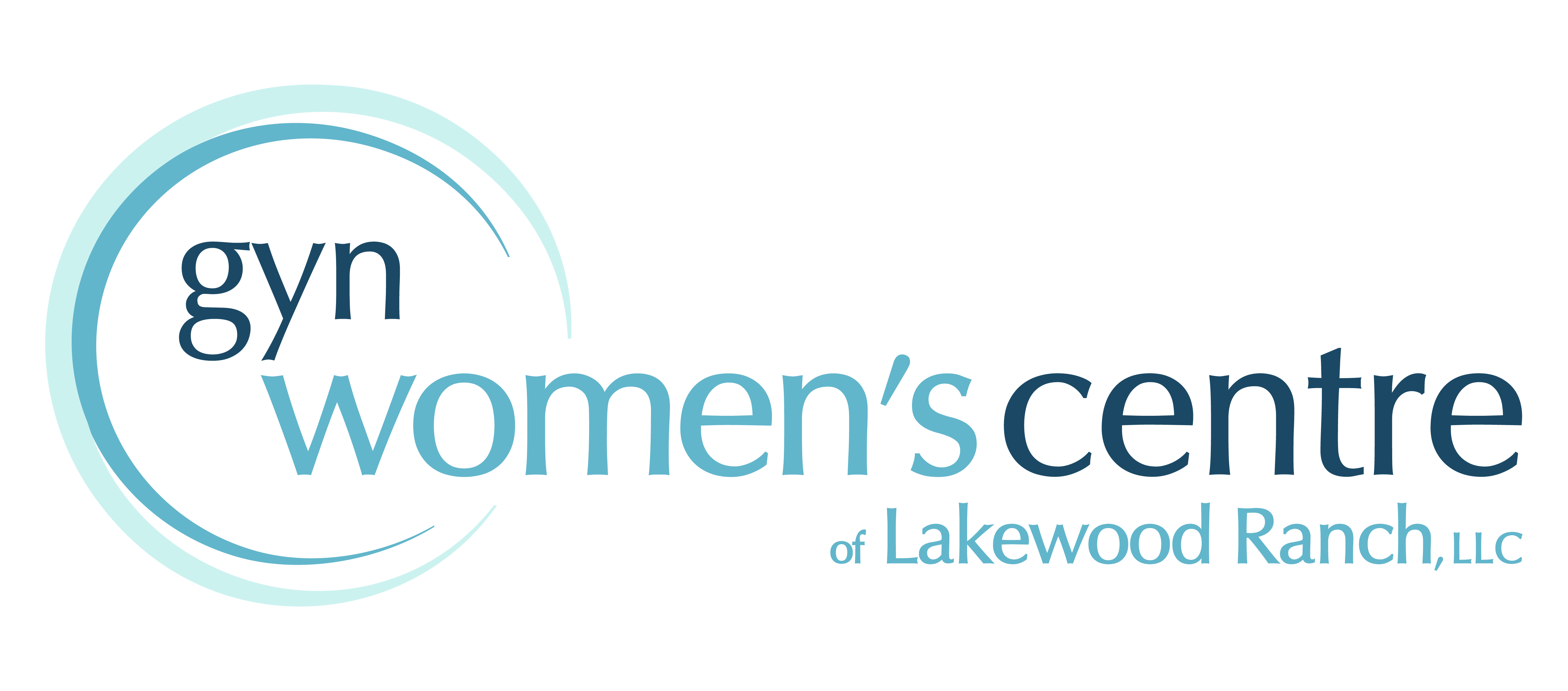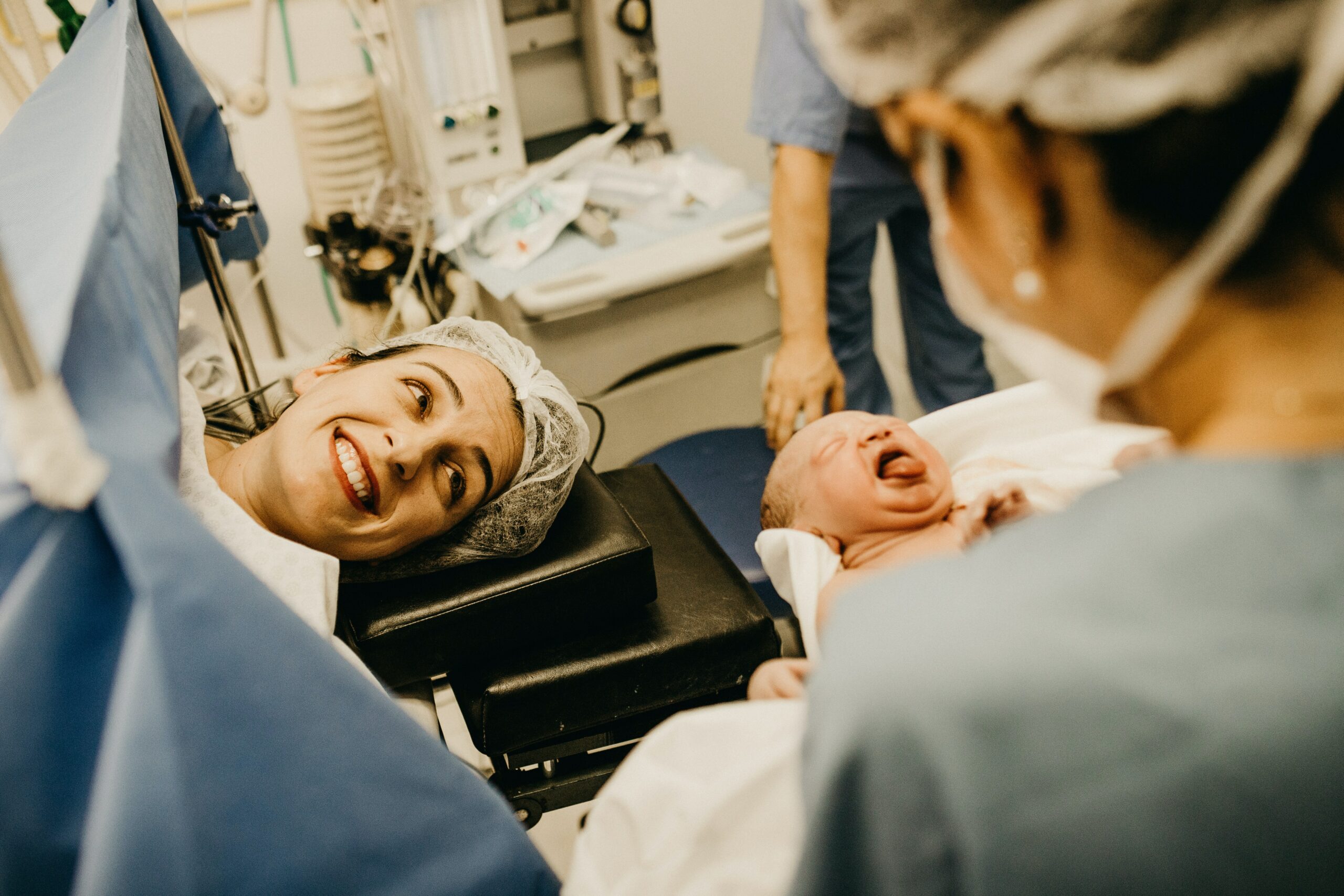March is Endometriosis Awareness Month and we want to share information that could be helpful in understanding and supporting this condition. Endometriosis is a complex and often misunderstood condition that affects millions of women worldwide. It can cause chronic pain, fertility challenges, and a significant impact on daily life. Despite its prevalence, many women struggle to receive a proper diagnosis and treatment.
At GYNWC of Lakewood Ranch we believe that education and early intervention are key to managing endometriosis effectively. In this blog, we’ll explore what endometriosis is, its symptoms, treatment options, and available support for those living with the condition.
What is Endometriosis?
Endometriosis occurs when tissue similar to the endometrium (the lining of the uterus) grows outside the uterus, most commonly on the ovaries, fallopian tubes, and surrounding pelvic organs. Unlike normal uterine tissue, which sheds during menstruation, this displaced tissue has no way to exit the body, leading to inflammation, scarring, and pain.
While the exact cause of endometriosis is unknown, factors such as genetics, immune system dysfunction, and retrograde menstruation (when menstrual blood flows backward into the pelvic cavity) may contribute to its development.
Common Symptoms of Endometriosis
Endometriosis can present differently in each person, but some of the most common symptoms include:
- Severe Pelvic Pain: Especially during menstruation, often worse than typical period cramps.
- Pain During or After Intercourse: Due to inflammation and scarring in the pelvic area.
- Heavy or Irregular Periods: Excessive bleeding, blood clots, or prolonged cycles.
- Chronic Fatigue: Many women with endometriosis report feeling constantly drained.
- Gastrointestinal Issues: Bloating, nausea, diarrhea, or constipation, often mistaken for IBS.
- Painful Bowel Movements or Urination: Particularly during menstruation.
- Infertility: Endometriosis can affect ovulation and implantation, making conception difficult.
Some women with endometriosis experience mild symptoms, while others face debilitating pain that interferes with work, relationships, and daily activities.
How is Endometriosis Diagnosed?
Because endometriosis symptoms mimic other conditions (such as irritable bowel syndrome or pelvic inflammatory disease), diagnosis can take years. However, the following steps can help identify the condition:
- Medical History & Symptom Discussion: Keeping a pain and symptom journal can be helpful.
- Pelvic Exam: A doctor may feel for cysts or areas of tenderness.
- Ultrasound or MRI: These imaging tests can detect ovarian cysts caused by endometriosis (endometriomas).
- Laparoscopy (Gold Standard Diagnosis): A minimally invasive surgical procedure that allows doctors to view and remove endometrial growths directly.
If you suspect you may have endometriosis, speaking with a gynecologist who specializes in the condition is essential.
Treatment Options for Endometriosis
While there is no cure for endometriosis, treatment options can significantly reduce pain and improve quality of life. The best approach depends on the severity of symptoms and whether a woman is trying to conceive.
1. Pain Management
- Nonsteroidal Anti-Inflammatory Drugs (NSAIDs): Such as ibuprofen, can help relieve mild to moderate pain.
- Lifestyle Changes: Regular exercise, anti-inflammatory diets, and heat therapy can alleviate discomfort.
2. Hormonal Therapies
Hormonal treatments aim to regulate or suppress the menstrual cycle, reducing pain and slowing endometriosis growth. Options include:
- Birth Control Pills, Patches, or Vaginal Rings – Help control menstrual cycles and reduce pain.
- Progestin Therapy (IUDs, Injections, or Pills) – Slows endometrial tissue growth.
- Gonadotropin-Releasing Hormone (GnRH) Agonists: Temporarily induce a menopause-like state to suppress endometriosis progression.
3. Surgery
For women with severe symptoms or fertility concerns, laparoscopic surgery may be recommended to remove endometrial growths, adhesions, and scar tissue. In extreme cases, a hysterectomy (removal of the uterus and possibly ovaries) may be considered, but this is typically a last resort.
4. Fertility Treatments
If endometriosis affects fertility, options like ovulation-stimulating medications, intrauterine insemination (IUI), or in vitro fertilization (IVF) may be recommended to increase the chances of pregnancy.
Living with Endometriosis: Finding Endometriosis Support & Relief
Endometriosis is a lifelong condition, but you don’t have to navigate it alone. Managing the physical and emotional toll of the condition is just as important as medical treatment.
- Seek a Specialist: Finding a gynecologist experienced in endometriosis care is crucial.
- Join Support Groups: Connecting with other women who share similar experiences can provide comfort and insight.
- Practice Self-Care: Prioritizing rest, stress management, and gentle exercise (like yoga) can improve overall well-being.
- Advocate for Yourself: If you feel your pain is dismissed or misdiagnosed, don’t hesitate to seek a second opinion.
When to See a Gynecologist
If you experience severe menstrual pain, persistent pelvic discomfort, or difficulty conceiving, it’s important to consult a specialist. Early diagnosis and intervention can prevent complications and improve your quality of life.
At GYNWC of Lakewood Ranch, we provide personalized treatment plans for endometriosis and other gynecological conditions. If you’re struggling with symptoms, we’re here to help you find relief and support.
Schedule an appointment today by calling (941) 907-3008 or booking an appointment online.
You deserve answers, relief, and compassionate care—let’s take the next step together.




